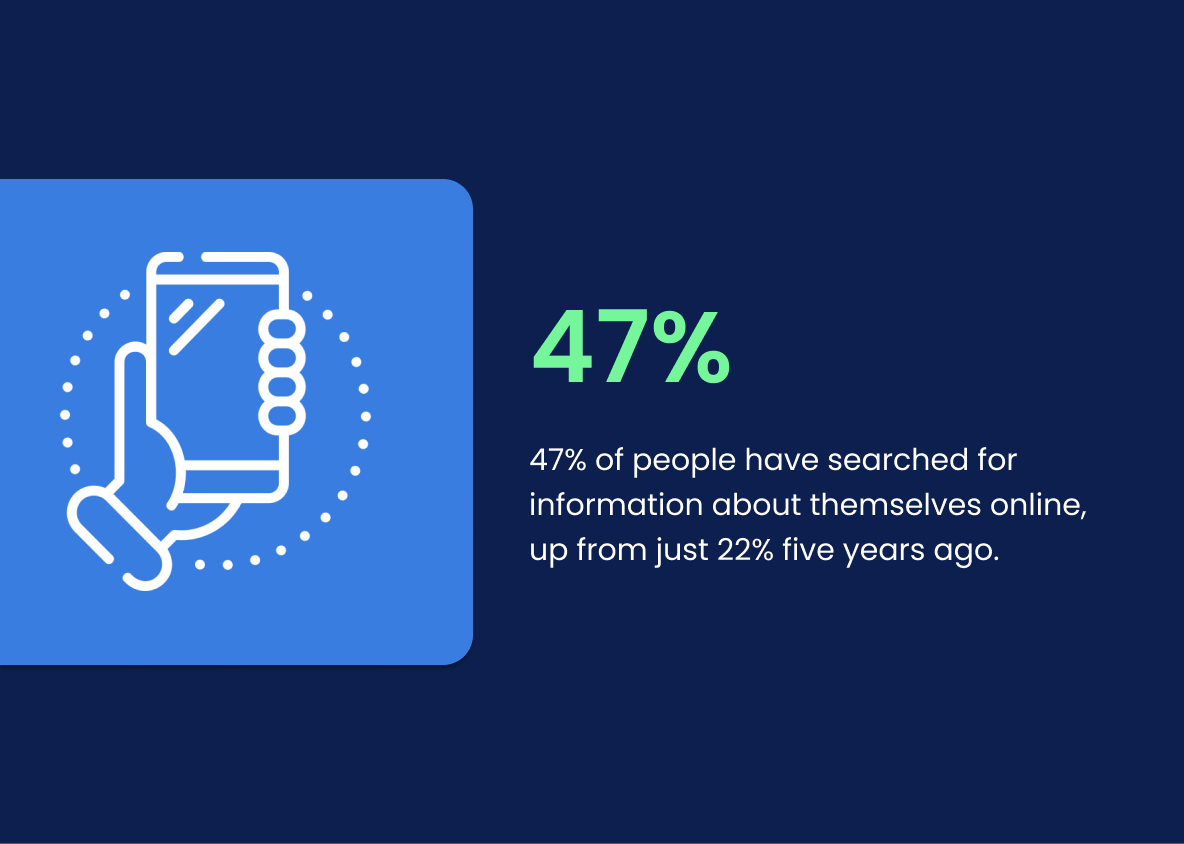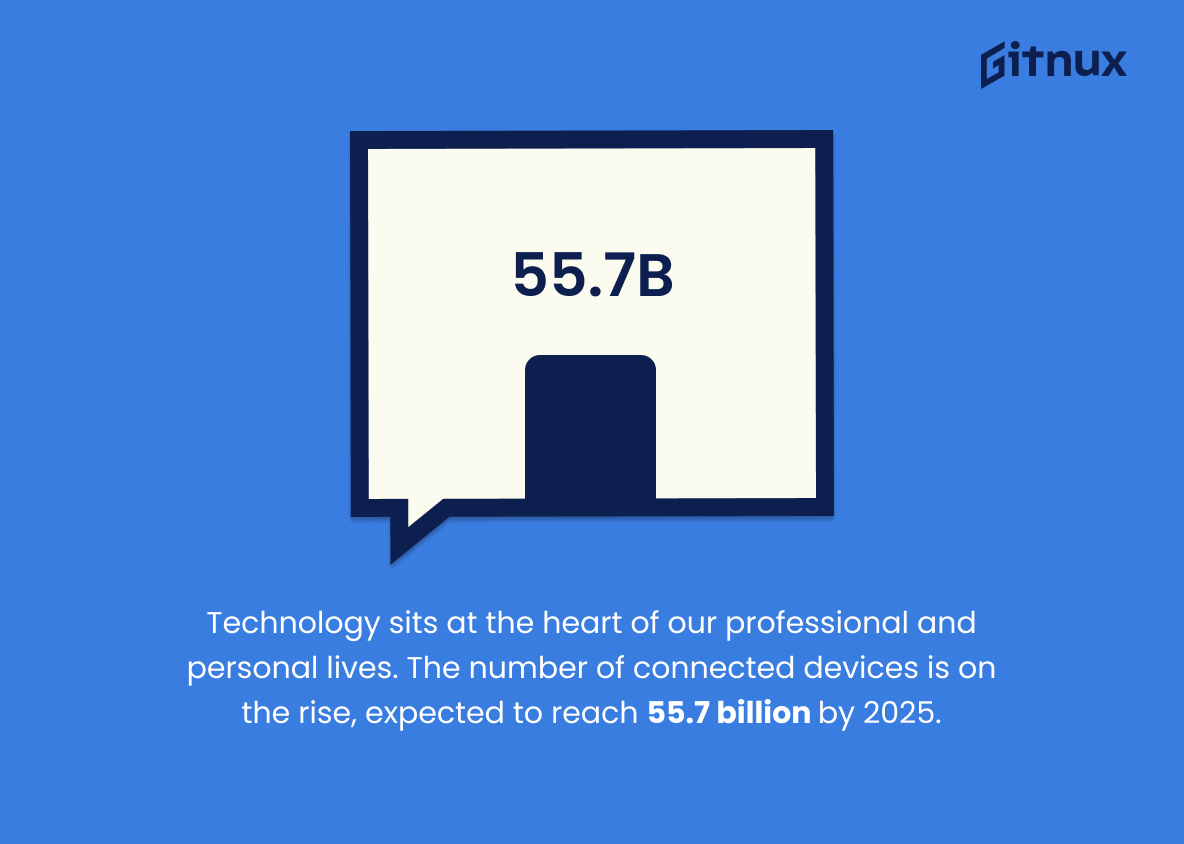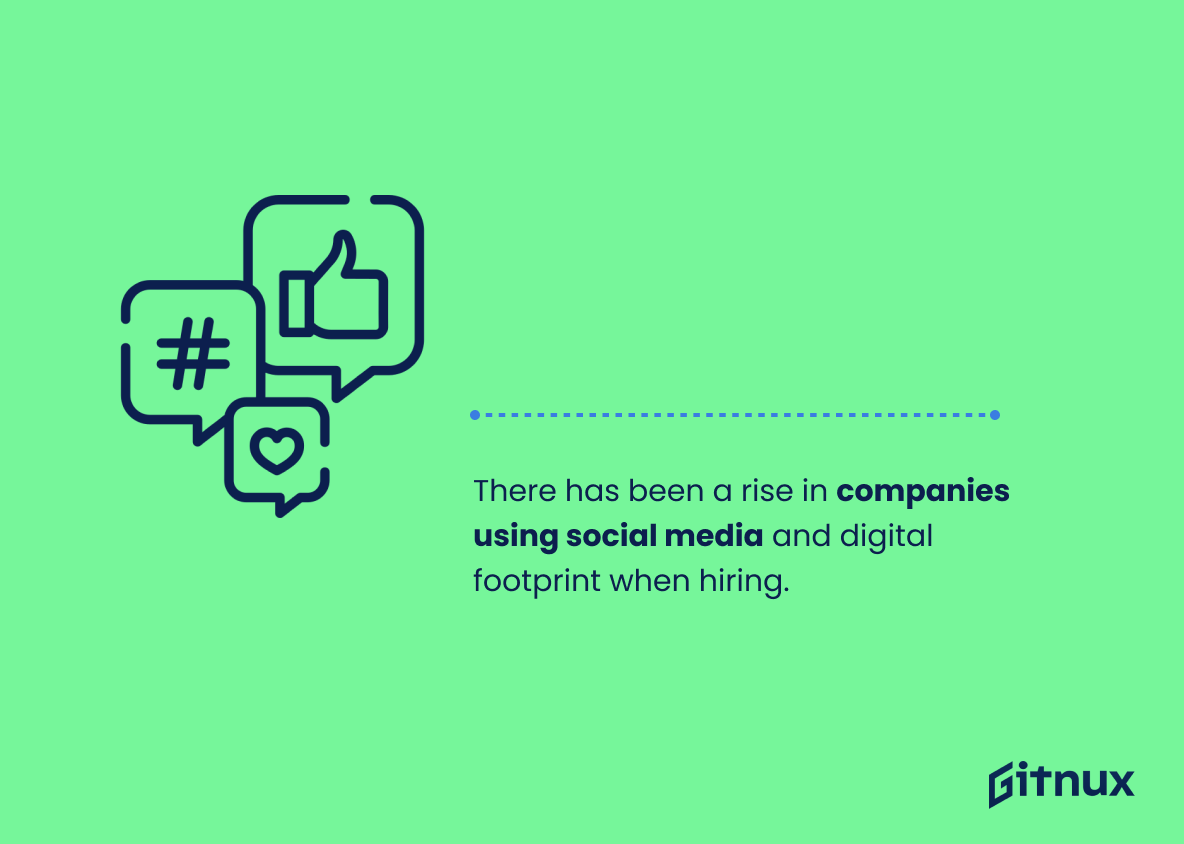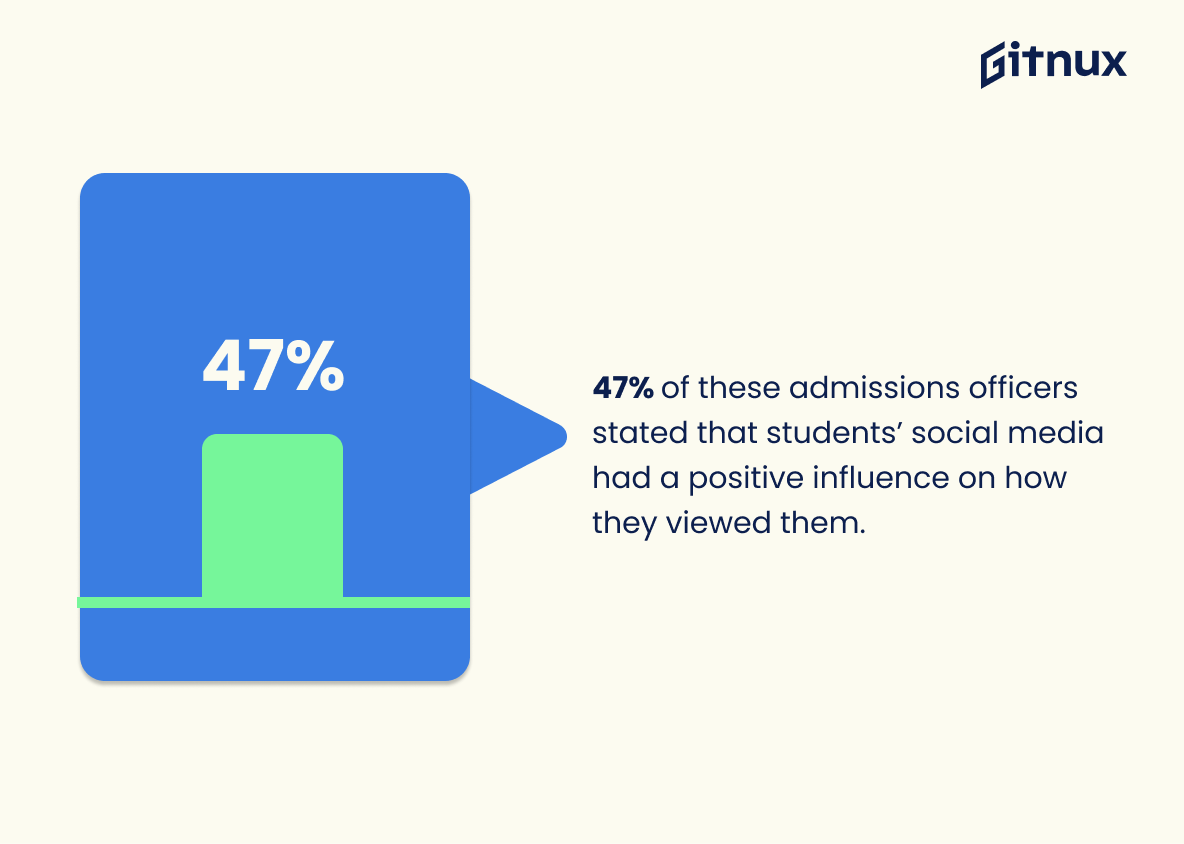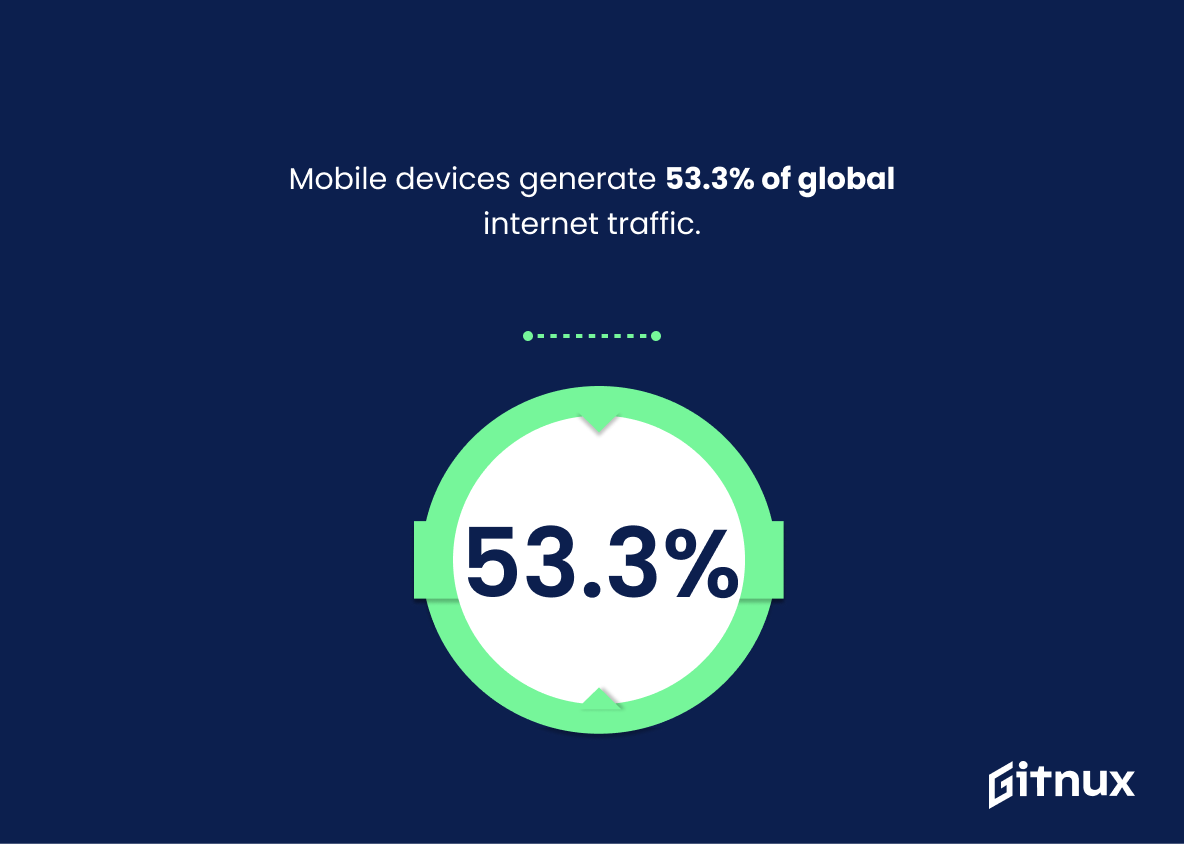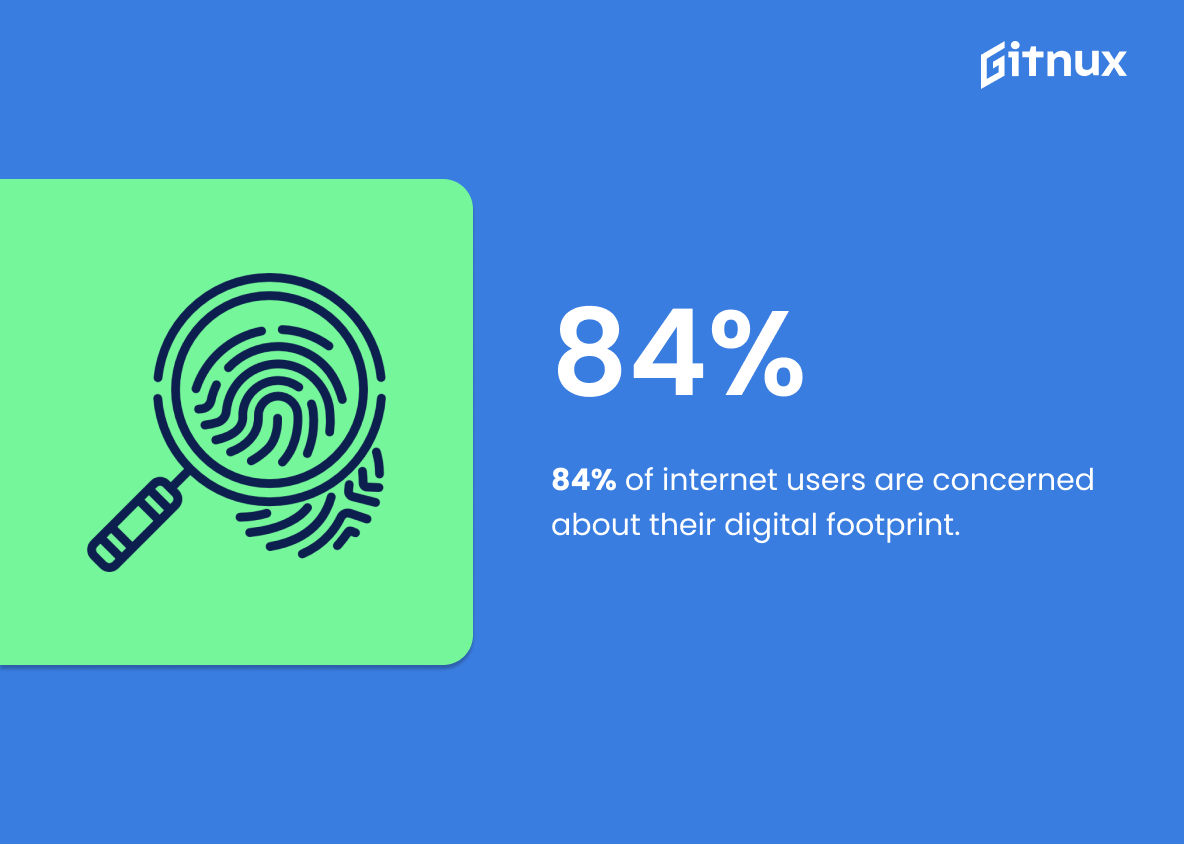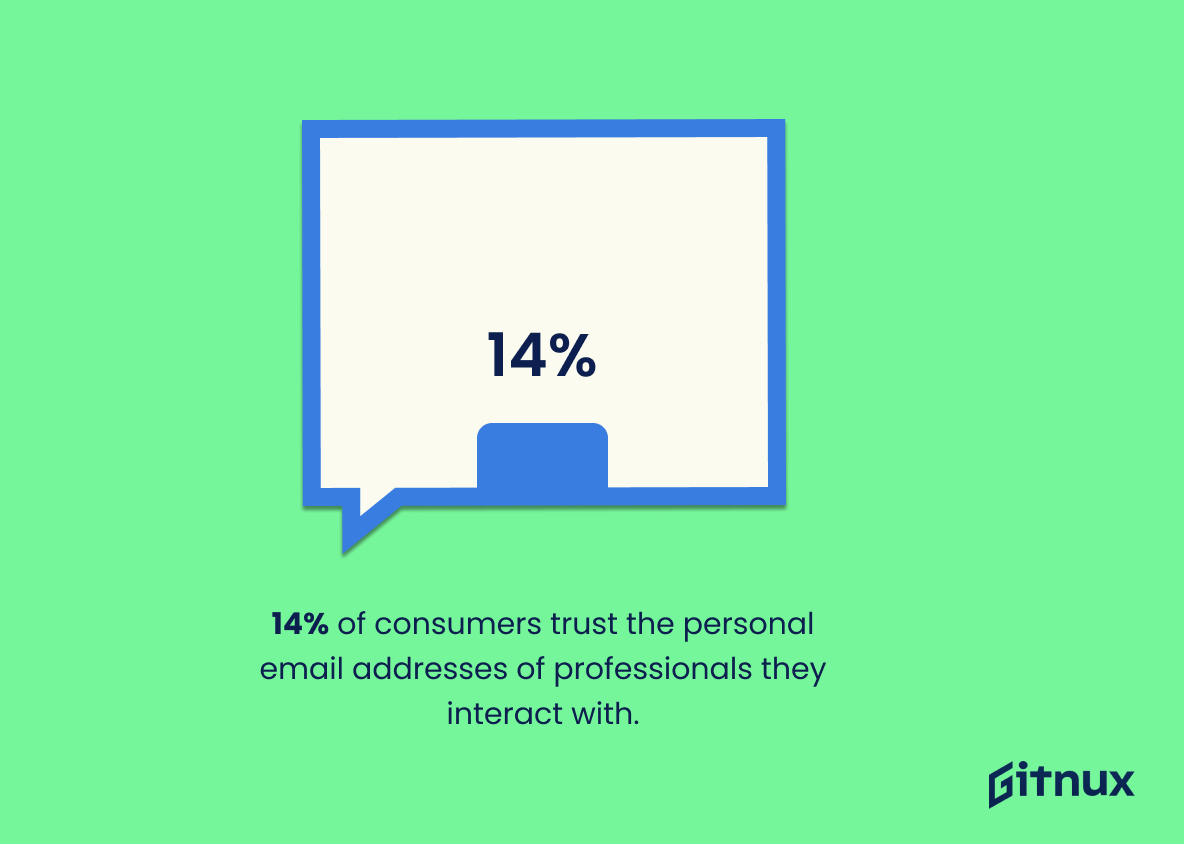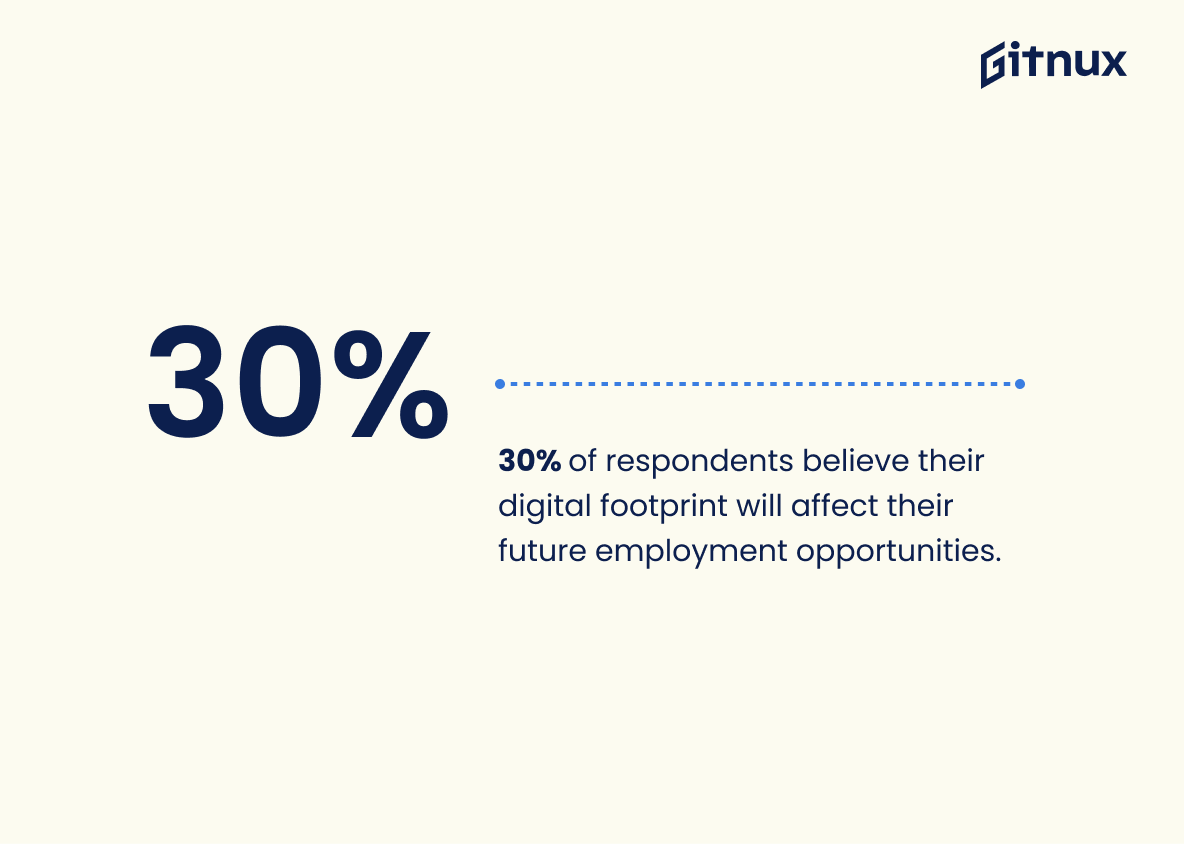As we become increasingly reliant on the internet and technology to communicate, work, and socialize, it is important to understand the impact our digital footprints have on our lives. Digital footprint statistics are very relevant and important as they are the records of our online activity, including our social media posts, emails, and web searches.
This blog post will explore the latest digital footprint statistics, including how many people are online, how much time is spent online, and how many digital devices are in use. It will also discuss the implications of these statistics and how they affect our lives. By understanding our digital footprints, we can make informed decisions about how we use technology and the internet.
Digital Footprint: The Most Important Statistics
The number of internet users has surpassed 4.5 billion, and 3.8 billion individuals are now active on social media.
The internet emits 1.6 billion annual tons of greenhouse gas emissions.
General Statistics On Digital Footprint
The nature of personal information is changing in the age of Web 2.0 as internet users are becoming more aware of their digital footprint.
47% of people have searched for information about themselves online, up from just 22% five years ago.
Few monitor their online presence with great regularity. Most internet users are not concerned about the amount of information available about them online, and most do not take steps to limit that information.
The number of internet users has surpassed 4.5 billion, and 3.8 billion individuals are now active on social media.
By the middle of this year, more than half of the world’s population will be using social media, according to the most recent trends.
Almost 60% of people on the planet are now online.
The world’s population stood at 7.83 billion at the start of 2021; the United Nations reports that this figure is currently growing by 1% per year, which means that the global total has increased by more than 80 million people since the start of 2020.
5.22 billion people use a mobile phone today, equating to 66.6% of the world’s total population.
Unique mobile users have grown by 1.8% (93 million) since January 2020, while the total number of mobile connections has increased by 72 million (0.9%) to reach a total of 8.02 billion at the start of 2021.
Digital Carbon Footprint Statistics
Every minute spent scrolling a newsfeed, browsing the internet, and streaming a video contributes to our digital carbon footprint.
Global email usage generates as much CO2 as having 7 million extra cars on the road.
If each email user in the UK sent 1 less email per day, we could reduce emissions by 16,433 tonnes of CO2; the equivalent of 81,152 flights from London to Madrid.
Technology sits at the heart of our professional and personal lives. The number of connected devices is on the rise, expected to reach 55.7 billion by 2025.
Digital technologies are responsible for 4% of greenhouse gas emissions (GHG), and their energy consumption is increasing by 9% a year.
The internet emits 1.6 billion annual tons of greenhouse gas emissions.
The communications industry will represent 20% of the world’s electricity consumption by 2025.
More than 50 million tons of e-waste were produced in 2019 alone, a number that’s expected to rise by 8% each year.
Pros And Cons Of A Digital Footprint
Having a positive digital footprint can create employment opportunities and develop beneficial relationships.
It was stated that 33% of colleges took students’ digital footprints into consideration and 75% of recruiters did the same.
A digital footprint can help in attracting investors by putting your work and experience on display. It is also great for building and maintaining relationships, self-promotion, earning an income and developing a positive reputation.
57% of college admissions professionals take social media into account. 57% of recruiters also looked at social media.
In both instances, what was found resulted in applicants not being considered for a job or space at an institution.
76% of US internet users found negative results when researching their digital footprint.
How Does Digital Footprint Affect The Workplace?
A survey done in the US by CareerBuilder found that up to 70% of employers make use of a candidate’s social media presence during the hiring process.
There has been a rise in companies using social media and digital footprint when hiring.
61% of employers search for information online that verifies a candidate’s qualifications.
80% of employers use applicants’ social media during the hiring process when assessing candidate suitability.
Factors such as posting personal details can deter recruiters.
In a group of 26 who were interviewed, many were not aware of their digital footprint and how it might affect how they are perceived.
Does Digital Footprint Affect Education?
A survey conducted on over 350 college admissions in the US found that 35% of admissions officers check students’ social media profiles.
47% of these admissions officers stated that students’ social media had a positive influence on how they viewed them.
The study was conducted on faculty at a university in Turkey to gain insight into their digital footprint awareness and experiences with a digital footprint.
The relationship between their gender, internet usage, how they use the internet, digital footprint awareness and experiences were explored. This was done as faculty members spend the most time online.
Supplementary Statistics
There are 4.2 billion active social media users worldwide.
This highlights the importance of understanding the implications of our digital footprint and how it can affect our lives. It serves as a call to action to be mindful of our online presence and to take steps to protect our personal information.
Mobile devices generate 53.3% of global internet traffic.
With mobile devices accounting for over half of all internet traffic, it is clear that our online activities are having a major impact on the digital world. This statistic serves as a reminder that our digital footprint is growing exponentially and that we must be mindful of our online behavior.
65% of internet users have experienced an online security incident.
This highlights the need for internet users to take extra precautions when it comes to their online security, as the risk of experiencing an online security incident is high. It serves as a warning to be mindful of the information shared online and to take steps to protect one’s digital identity.
79% of people reuse their passwords across multiple accounts.
Reusing passwords across multiple accounts leaves users vulnerable to cyber-attacks, as hackers can easily gain access to multiple accounts with just one password. This can have serious consequences, such as identity theft, financial loss, and a damaged digital footprint.
2.8 hours is the average daily time spent on social media.
This is a telling indication of the amount of time people are spending on social media, and thus the amount of data they are leaving behind. It is a reminder of the importance of being mindful of one’s digital footprint and the potential consequences of leaving too much information online.
At least 66% of smartphone users have downloaded a health-themed app.
It shows that a majority of smartphone users have taken the initiative to download an app that is related to their health, demonstrating the importance of health-related digital tools in our lives.
44% of people don’t know what a ‘digital footprint’ is.
There is a need for more awareness and understanding of the concept, as well as the potential consequences of leaving a digital footprint. It serves as a call to action for those who are unaware of the concept, and a reminder to those who are already aware of the importance of managing their digital footprint.
84% of internet users are concerned about their digital footprint.
This is a powerful reminder of the importance of digital footprints. It highlights the fact that the majority of internet users are aware of the potential consequences of their online activities and are taking steps to protect their digital identities. This is especially relevant in the context of a blog post about digital footprint statistics, as it serves to emphasize the need for individuals to be mindful of their online presence.
55% of users only view the first page of search results when researching someone.
With the majority of users only viewing the first page of search results, it is essential to make sure that the content that appears on the first page is positive and accurately reflects who you are. If not, it could be detrimental to your reputation and hinder your ability to make a good impression.
14% of consumers trust the personal email addresses of professionals they interact with.
It shows that a significant portion of consumers are aware of the potential risks associated with sharing personal information online, and are taking steps to protect themselves. This highlights the need for professionals to be mindful of their digital footprint and take steps to ensure that their online presence is professional and secure.
31% of adults have posted something online they later regretted.
Our digital footprint can have lasting repercussions, and that we should be mindful of what we post online. It is a reminder that our digital footprint is something to be taken seriously, and that we should be aware of the potential consequences of our online behavior.
30% of respondents believe their digital footprint will affect their future employment opportunities.
With 30% of respondents believing that their digital footprint will affect their future employment opportunities, it is clear that the decisions we make online can have a lasting impact on our lives. This statistic serves as a warning to be mindful of the content we post and the information we share online.
73% of consumers would stop transacting with a brand that did not sufficiently protect their data.
Consumers are increasingly aware of the need to protect their data, and that they are willing to take action if they feel their data is not being adequately safeguarded. This is a key point to consider when discussing digital footprint statistics, as it emphasizes the need for businesses to prioritize data security in order to maintain customer trust and loyalty.
52% of online users are cautious about what they post online due to concerns about privacy and digital footprint.
A majority of online users are aware of the potential risks associated with posting online and are taking steps to protect their privacy. This is an important point to consider when discussing digital footprint statistics, as it shows that people are taking the issue seriously and are actively trying to protect themselves.
FAQs
What is a digital footprint?
A digital footprint is the data trail left behind when a person uses the internet, including social media, websites, and other online activities. It includes all the information that is shared or collected about a person online.
How can I protect my digital footprint?
To protect your digital footprint, use strong passwords, be aware of what you post on social media, and be careful of what you share online. Additionally, you can use privacy settings to limit who can see your information.
How can I manage my digital footprint?
Managing your digital footprint involves being aware of what you post online, using privacy settings, and monitoring your online presence. You can also delete old accounts and posts that you no longer want to be associated with.
What information is included in a digital footprint?
A digital footprint includes all the information that is shared or collected about a person online, such as posts, comments, photos, and videos. It also includes data collected by websites and apps, such as IP addresses and search history.
How can I delete my digital footprint?
To delete your digital footprint, you can delete old accounts, posts, and photos. You can also use privacy settings to limit who can see your information. Additionally, you can use tools such as Google’s My Activity to delete your search history.
Conclusion
The digital footprint of individuals is growing rapidly, and it is important to be aware of the implications of this. It is essential to take steps to protect personal data and be mindful of the content that is shared online. By understanding the statistics behind digital footprints, people can make more informed decisions about their online presence and the potential consequences of their actions.
References:
Pew Research: “Digital Footprints”, cited in February 2023 (Source)
The Next Web: “Digital trends 2020: Every single stat you need to know about the internet”, cited in February 2023 (Source)
Capgemini: “ARE YOU AWARE OF YOUR DIGITAL CARBON FOOTPRINT?”, cited in February 2023 (Source)
ESCP: “Reduce your digital carbon footprint to shape a greener future”, cited in February 2023 (Source)
We Are Social: “DIGITAL 2021: THE LATEST INSIGHTS INTO THE ‘STATE OF DIGITAL’”, cited in February 2023 (Source)
Data Reportal: “DIGITAL 2021: GLOBAL OVERVIEW REPORT”, cited in February 2023 (Source)
Bit Defender: “Think Before You Post: Creating a Positive Digital Footprint and Why It Matters”, cited in February 2023 (Source)
Indeed: “What Is a Digital Footprint? (Plus the Benefits of Having One)”, cited in February 2023 (Source)
Cyber News: “How digital footprints are affecting people’s futures”, cited in February 2023 (Source)
Bit Defender: “What goes online, stays online: How a negative digital footprint can affect your life”, cited in February 2023 (Source)
PR News Wire: “Number of Employers Using Social Media to Screen Candidates at All-Time High, Finds Latest CareerBuilder Study”, cited in February 2023 (Source)
The Conversation: “Your forgotten digital footprints could step on your job prospects – here’s how to clean up”, cited in February 2023 (Source)
Kap Test: “Kaplan Test Prep Survey: College Admissions Officers Say Social Media Increasingly Affects Applicants’ Chances”, cited in February 2023 (Source)
Ataturk University: “Faculty Members’ Digital Footprint Experiences and Digital Footprint Awareness”, cited in February 2023 (Source)
Malaysian Journal of Communication: “Awareness of Digital Footprint Management in the New Media Amongst Youth”, cited in February 2023 (Source)
Research Gate: “The BigFoot Initiative: An Investigation of Digital Footprint Awareness in Social Media”, cited in February 2023 (Source)
